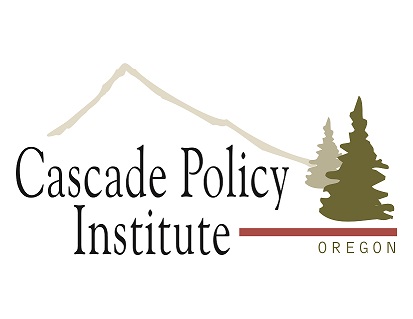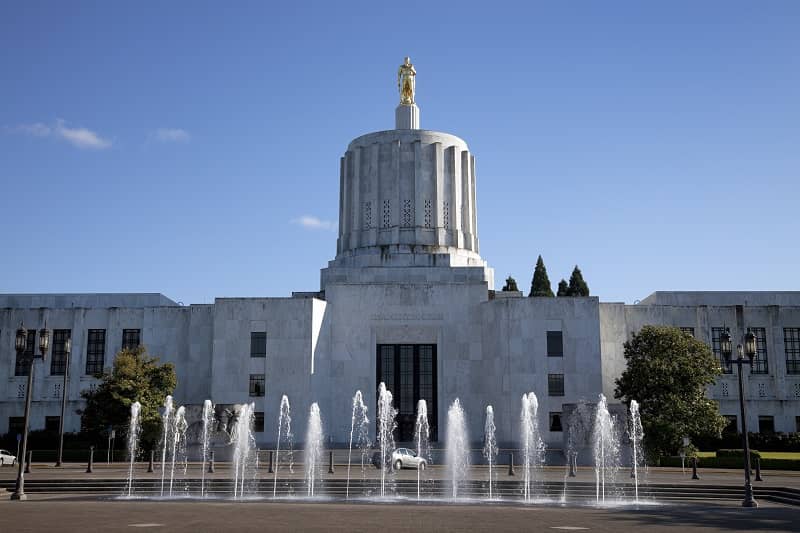

Oregon’s Education Service Districts administer state and federal programs and provide services such as purchasing, testing and administrative work for local school districts. In theory, they help smaller districts obtain these services more cost-effectively by preventing duplication of effort. Some legislators and the governor have recently suggested that the state could save money by consolidating the 20 ESDs down to eight, on the theory that bigger organizations have lower administrative costs per student.
However, economists understand that the costs of such monopoly providers rise as they get larger. This seems to occur because without any competitive pressures to hold down costs, merged bureaucracies not only don’t contract after they merge, but actually grow as each administrator seeks to protect and expand his or her turf in the larger organization. Economists call this phenomenon diseconomies of scale. Reducing the number of ESDs will thus likely raise their overall cost.
This is what happened between 1992 and 2001, when legislation reduced the number of public school districts from 277 to 198, hoping to reduce administrative overhead. There was actually more central office staff per pupil once the number of districts was reduced.
The better idea to save money comes from State Sen. Ryan Deckert. He thinks that the state should give ESD funding to school districts directly, which could then purchase services from their own or other ESDs or even from private firms. This market approach holds much more potential for savings than does consolidation.
© 2006, Cascade Policy Institute. All rights reserved. Permission to reprint in whole or in part is hereby granted, provided the author and Cascade Policy Institute are cited. Contact Cascade at (503) 242-0900 to arrange print or broadcast interviews on this topic. For more topics visit the QuickPoint! archive.











